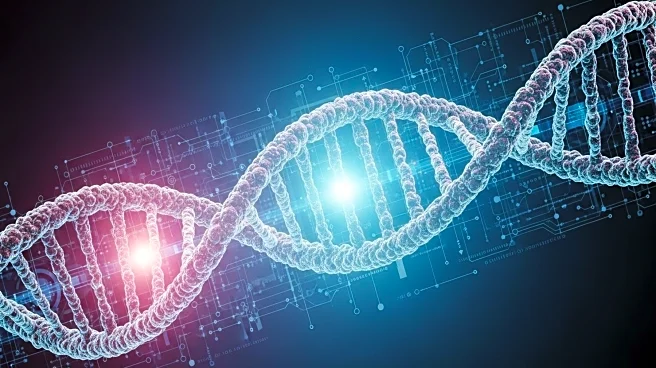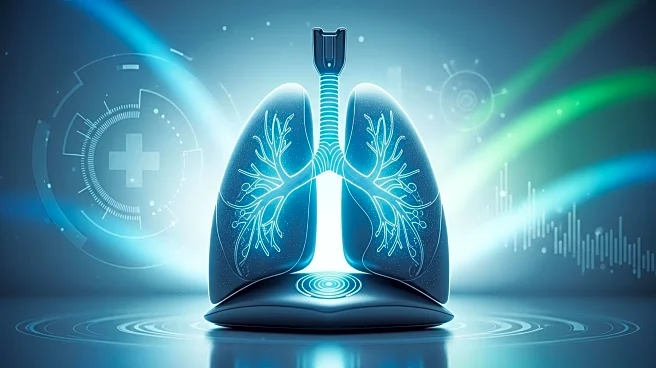What is the story about?
What's Happening?
Researchers from the University of Vienna and Nankai University have developed a blood test that can reveal how well individuals are aging. The study, published in npj Systems Biology and Applications, identifies aspartate as a key biomarker of physical fitness. By combining metabolomics with machine learning, the researchers mapped the molecular processes that support healthier aging. The study found a strong correlation between physical performance metrics and blood metabolite concentrations, suggesting that the benefits of an active lifestyle can be directly observed in the blood.
Why It's Important?
This research has significant implications for understanding the molecular basis of aging and physical fitness. By identifying specific biomarkers, such as aspartate, the study provides insights into how physical activity influences metabolism and overall health. This could lead to new strategies for promoting healthy aging and preventing age-related diseases. The findings also suggest a potential link between physical fitness and cognitive health, as aspartate plays a role in neurotransmitter function in the brain.
What's Next?
The study opens avenues for further research into the molecular mechanisms of aging and the development of personalized health interventions. Future studies may explore how these biomarkers can be used to design targeted therapies for age-related conditions. Additionally, the research could inform public health strategies aimed at encouraging physical activity as a means of promoting healthy aging and reducing the risk of cognitive decline.
Beyond the Headlines
The study highlights the ethical considerations of using biomarkers for health assessments. While the potential for personalized medicine is promising, it raises questions about privacy and the use of genetic information. Researchers must ensure that such technologies are used responsibly and equitably, avoiding discrimination based on genetic predispositions.
AI Generated Content
Do you find this article useful?














